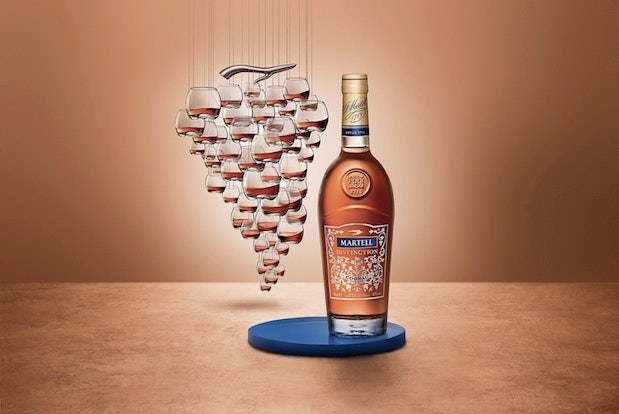
The top shelves of China's liquor stores are going untouched as consumers reach for mid-range bottles, according to sales data from the world's biggest alcohol companies.
Like competitors Diageo, Remy Martin, and Moët Hennessy, drinks conglomerate Pernod Ricard has suffered a major sales blow as a result of the Chinese government’s ongoing anti-corruption crackdown. In its fiscal half-year report released today, the company said that China year-on-year sales plummeted to an 18 percent decline, down from 18 percent growth last year. However, in an indication that the middle class is likely to start playing a much larger role in China’s wine and spirits industry, the company said that Chinese consumers are still drinking its mid-range products in large amounts.
“The Chinese market is normalizing,” said CEO Pierre Pringuet on a conference call with investors. “Before, it started at a super-premium category—for example, Scotch whisky at 12 years old and above. We see today very good development with, for instance, Ballantine’s Finest.”
Like other global drinks conglomerates, the company’s declines have been concentrated mainly in its high-end brands. The financial report said that Chivas, Martell, Ballantine’s, and Royal Salute all suffered as the Chinese government continues to crack down on high-end gifting to officials and lavish banquets.
In contrast, cheaper, mid-tier brands aimed at the mass consumer market saw growth numbers that stood in stark contrast to the precipitous decline. For example, the company presentation stated that Absolut Vodka logged double-digit growth in China for the time period. As a result, the business is introducing cheaper bottles associated with its more high-end names to the China market, such as Ballantine’s Finest and Martell Distinction, a “more affordable Cognac for more casual consumption occasions,” according to Pringuet.
These results mirror those of the other major conglomerates suffering from the China slowdown. For example, Diageo recently reported 37 percent China growth for Bailey’s in its half-year report, despite a 22 percent China sales decline overall.
Another drink starting to catch in China is Champagne, which has long faced tough competition with red wine, which is favored among Chinese consumers. According to Pernod Ricard, Perrier-Jouët also experienced double-digit growth in China for the time period.
Pernod Ricard, like many luxury companies experiencing slowing numbers this year, is looking ahead to the China market's promise for growth in the long run. According to Pringuet, “There will be a recovery. We don’t know yet when and how, but there is no doubt about the long-term potential of this market.”